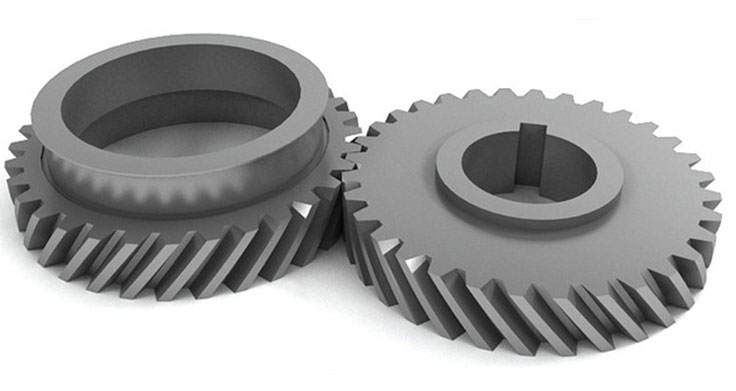
Helical gears are an excellent choice for enhancing gearbox performance due to their unique design and functional characteristics. When properly utilized in a gearbox, helical gears can improve efficiency, reduce noise and vibration, and increase load-carrying capacity. Here are some ways helical gears enhance gearbox performance:
1. Improved Efficiency:
- Helical gears provide smoother and gradual tooth engagement, reducing impact and sliding friction during meshing. This results in less energy loss and higher overall gearbox efficiency compared to spur gears.
2. Reduced Noise and Vibration:
- The helical shape of the gear teeth and gradual tooth engagement help in minimizing gear noise and vibration. This is particularly beneficial for applications where low noise levels are critical, such as in automotive transmissions and industrial machinery.
3. Higher Load-Carrying Capacity:
- The helix angle and larger contact area in helical gears enable them to carry higher loads compared to spur gears. In gearboxes handling heavy loads, helical gears can provide enhanced load-carrying capacity and increased gear life.
4. Enhanced Precision:
- Helical gears exhibit lower backlash and greater tooth contact, resulting in improved gear precision and motion control. This is important in applications that require accurate and reliable gear positioning, such as robotics and machine tools.
5. Smoother Gear Shifting:
- In automotive transmissions, helical gears contribute to smoother gear shifting due to their gradual tooth engagement. This enhances driving comfort and reduces wear on the transmission components.
6. Compact Design:
- Helical gears can achieve higher gear ratios with fewer teeth compared to spur gears. This allows for more compact gearbox designs, which is advantageous in applications with limited space constraints.
7. Increased Durability:
- The inclined teeth of helical gears distribute the load more evenly, reducing stress concentration on individual teeth. This leads to improved gear durability and resistance to tooth wear.
8. Axial Thrust Management:
- Helical gears produce axial thrust during rotation due to their helix angle. This thrust can be balanced out in gear pairs with opposite helix directions, ensuring smooth gear operation and reducing the need for additional thrust bearings.
9. Broad Applications:
- Helical gears are versatile and suitable for a wide range of gearbox applications, from automotive transmissions to industrial gearboxes and power transmission systems.
10. Lubrication Efficiency:
- Proper lubrication is essential for any gearbox, and helical gears can benefit from efficient lubrication systems. Adequate lubrication reduces friction and wear, contributing to gear efficiency and longevity.
Incorporating helical gears into gearboxes can lead to substantial performance improvements, making them a preferred choice for critical mechanical systems where efficiency, smooth operation, and reliability are essential. Proper design, material selection, and maintenance are crucial to maximizing the benefits of helical gears in gearboxes.
